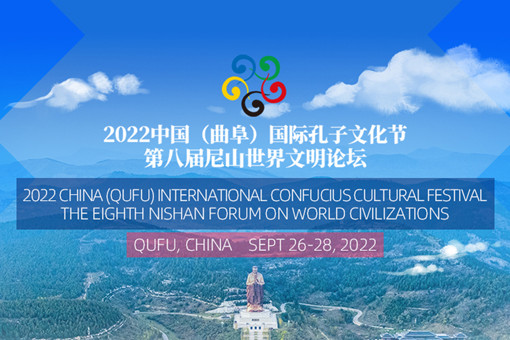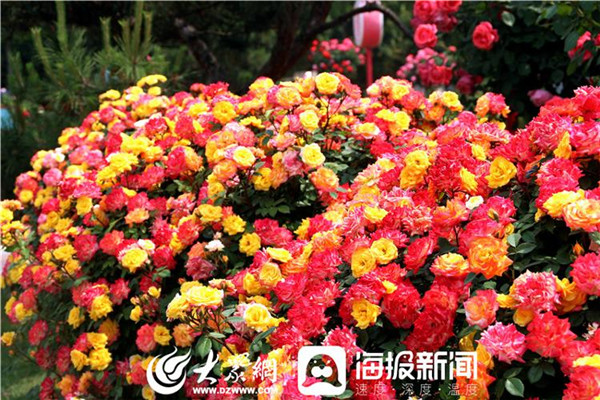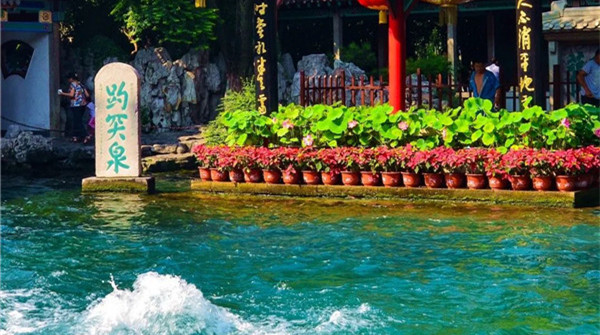Shandong Qinshu
Shandong Qinshu, also called “Changyangqin” or “Shandong Yangqin”, is a traditional narrative music which emphasizes a conversational style of singing.
Accompanied by the dulcimer, erhu (two-stringed bowed instrument), sihu (four-stringed bowed instrument) and other instruments, it has a simple tune and rhythm, and greater variations in clapping.
Originating from Heze city in southwestern Shandong during the Qing Dynasty (1644-1911), it has a long history of more than 250 years.
At the beginning, it was just a folk performance for amusement. By the end of the Qing Dynasty, the opera thrived in Jining and was popular in Shandong’s Ji’nan city, Henan, Anhui and Jiangsu provinces, developing a lot of Qinshu masters such as Yin Tianchang, He Jincheng, He Jinzhu and Zhang Jianting.
With the development of the opera, it separated into Eastern, Southern and Northern genres, and expanded its popularity in Beijing, Tianjin, and the northeastern provinces of Liaoning, Jilin and Heilongjiang.
It was listed as a national intangible cultural heritage on May 20, 2006.
Shandong Qinshu played an important role in the development of Lu Opera. However, it is now facing unprecedented challenges from the tremendous changes of modern cultural life and needs more protection.

 Nishan Forum on World Civilizations
Nishan Forum on World Civilizations Explore magnificent Yellow River culture in Shandong
Explore magnificent Yellow River culture in Shandong

